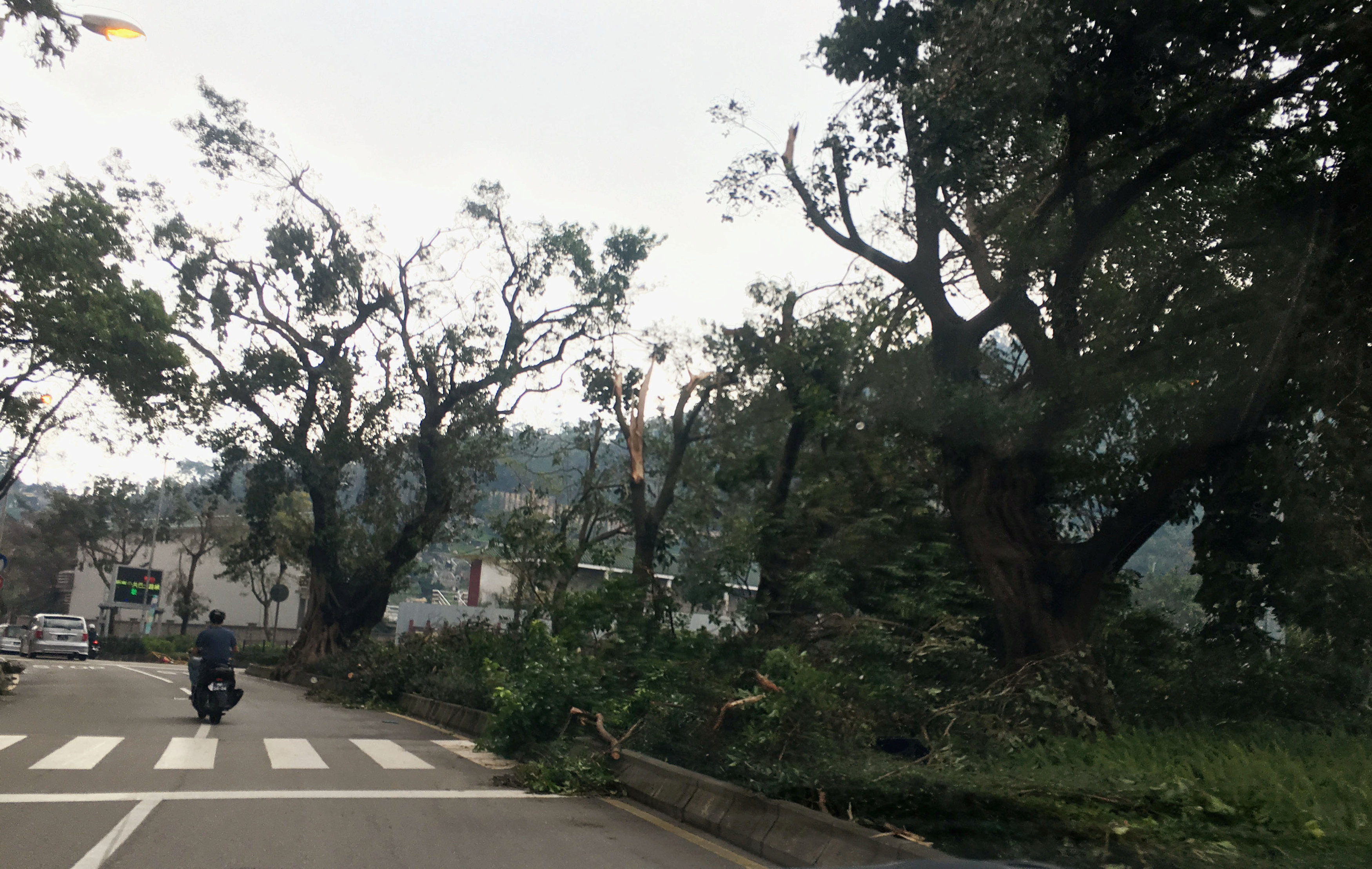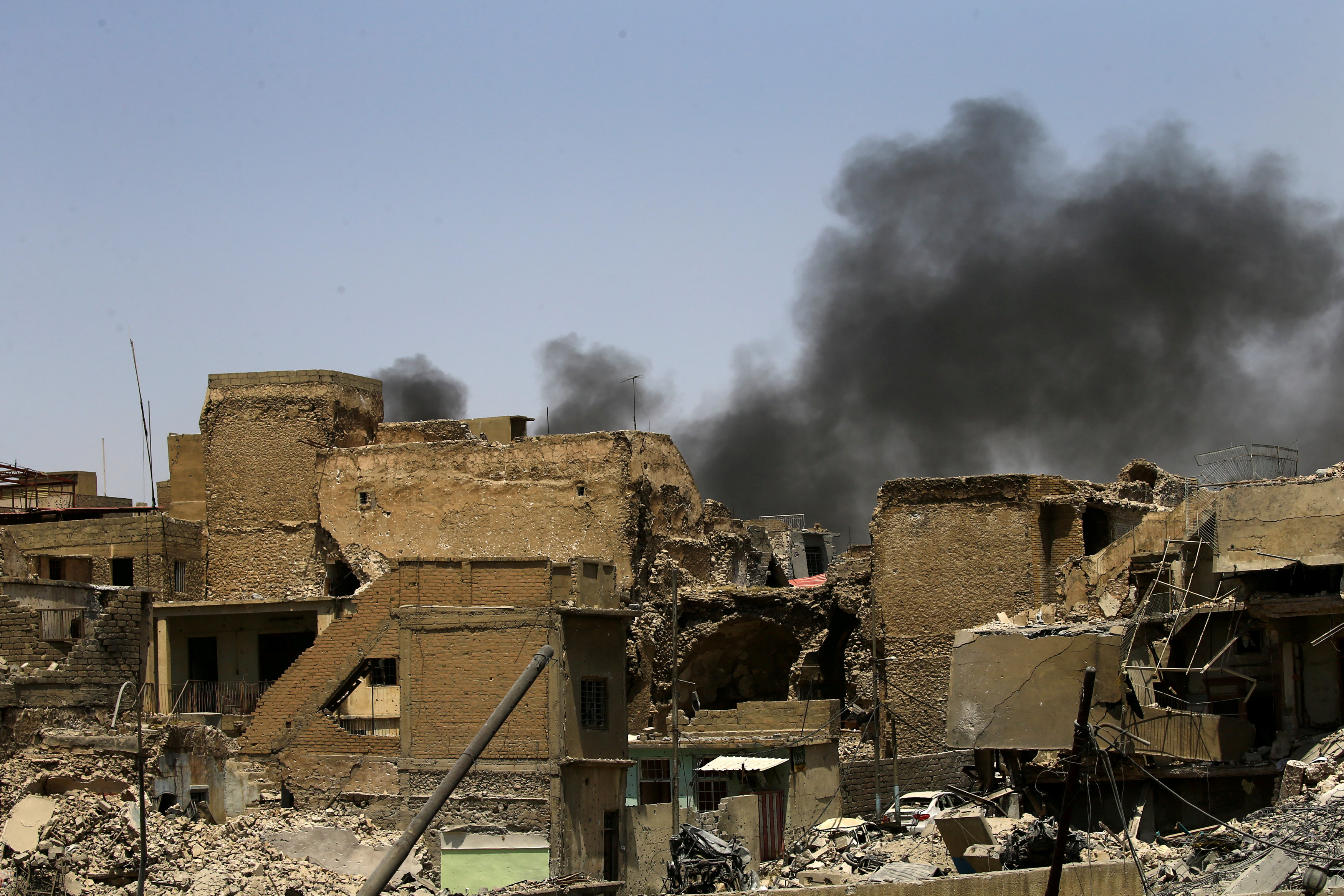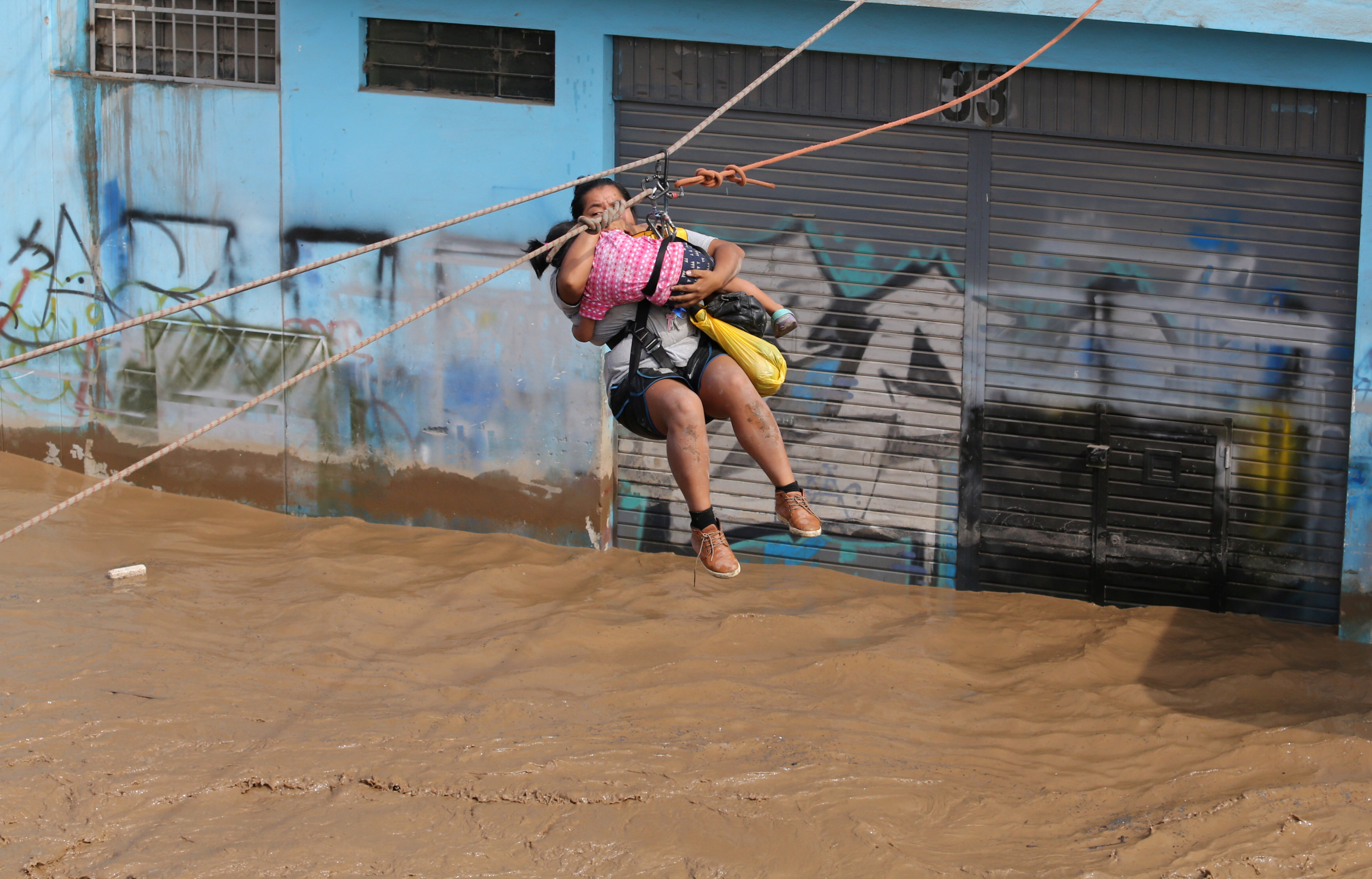
By Tyrone Siu and Farah Master
MACAU/HONG KONG (Reuters) – Chaos and confusion gripped Macau on Thursday after one of the strongest typhoons on record hit the territory, killing at least nine people, and leaving more than half the city still without water and power, and casinos relying on back-up generators.
Rescuers on Thursday searched submerged cars for trapped people in the former Portuguese territory, while overwhelmed emergency services scrambled to respond to crisis calls.

A man looks out from inside an apartment where some windows have been broken by typhoon Hato in Macau, China August 24, 2017. REUTERS/Tyrone Siu
Many residents and tourists complained that the government was woefully unprepared for Typhoon Hato and its destructive winds of more than 200 kmh (124 mph).
Macau’s government broadcaster TDM said Typhoon Hato, a maximum signal 10 storm, was the strongest since 1968 to hit the world’s biggest gambling hub and home to around 600,000 people.
“The city looks like it was just in a war,” said one civil servant, who declined to be named as they were not authorized to speak to the media.

Fallen trees and debris are seen on a road following Typhoon Hato in Macau, China, August 24, 2017 in this picture obtained from social media. Karen Yung via REUTERS
Hato on Wednesday hit the nearby financial hub of Hong Kong, uprooting trees, flooding streets, forcing hundreds of airline flights to be canceled and halting financial trading. There were reports of 34 people injured in Hong Kong, which had not been hit by a signal 10 typhoon for five years.
At one stage as Hato intensified, Hong Kong posted a signal 8 storm warning, saying it was likely to go higher, yet Macau’s government rated Hato only a signal 3 typhoon.
“I am shocked with the late notice and lack of preparation that was given for this superstorm. Residents are in peril and unable to assess if help is on the way,” said Ashley Sutherland-Winch, a marketing consultant in Macau.
Exteriors of buildings, including parts of multi-billion dollar casinos, were ripped away by Hato’s powerful winds.
Video footage from Macau residents sent to Reuters showed a man struggling to keep his head above water in an enclosed carpark filled with debris, while another showed a large truck toppling over and pedestrians flung across pavements. Reuters could not independently verify the footage.
While most of Macau’s large casinos, especially those operating on the Las Vegas style Cotai strip, were trying to operate as normal, many were relying on back-up generators.
Casino stocks listed in Hong Kong fell versus a rise in the benchmark Hang Seng Index on Thursday with the full impact on gambling revenues and economic cost still unknown, analysts said.
Nolan Ledarney, director of Crafted 852, a food website in Hong Kong, who was staying inside Galaxy’s casino resort with his wife and three children said guests had been corralled into safe areas.

Supermarket staff sell goods outside a supermarket during power outages after Typhoon Hato hit in Macau, China August 24, 2017. REUTERS/Tyrone Siu
Severe flooding overwhelmed Macau, which is in the process of building new infrastructure such as a light rail, to cope with a surge in visitors.
Macau has rapidly transformed from a sleepy fishing village over a decade ago into a major gambling hub, although infrastructure has mostly failed to keep pace with its development.
Transportation remained in chaos with damage to both of Macau’s ferry terminals and roads crammed with traffic. Schools, museums and public venues remained closed on Thursday.
“The government cannot handle the challenge as the people would expect from a self claimed first class city,” said Macau resident and political commentator Larry So.
Hato had been downgraded to a tropical storm on Thursday and was about 680 km (422 miles) west of Hong Kong and expected to weaken further as it moves inland over China.
(Writing by Farah Master; additional reporting by Anne Marie Roantree in Hong Kong and Andrew Galbraith in Shanghai; Editing by Michael Perry)













